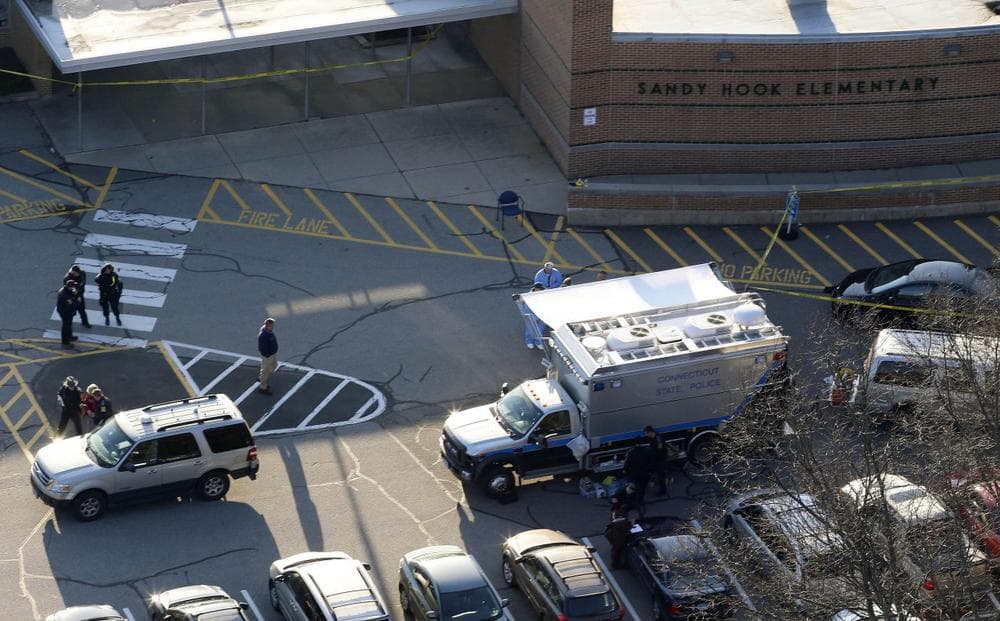Advertisement
CommonHealth: New FEMA Guidelines For Mass-Casualty Events
Resume
Mass-casualty events are unpredictable, to say the least, and though we'll never know why they happen, medical and law enforcement officials are working together to develop new ways of approaching these situations in an effort keep death tolls down.
This collaboration is reflected in a new set of guidelines from the Federal Emergency Management Agency for first-responders to mass-casualty events, and it's the subject of this week's CommonHealth segment.
Guest
Carey Goldberg, co-host of WBUR's CommonHealth blog.
Dr. Lenworth Jacobs, trauma surgeon at Hartford Hospital and creator of the Hartford Consensus.
More
CommonHealth, "In any mass attack on the public — whether gun or bomb, mall or marathon — the first priority is to stop the killing. Typically, medical care tends to be delayed until danger is past. But that is now changing, to more of an emphasis on also stopping the victims’ bleeding — faster. In the wake of the Sandy Hook Elementary School shooting nearly a year ago, a group of medical, military and law enforcement experts, commissioned by the American College of Surgeons, convened to answer a burning question: How do you increase survival in such mass attacks?"
This segment aired on December 9, 2013.